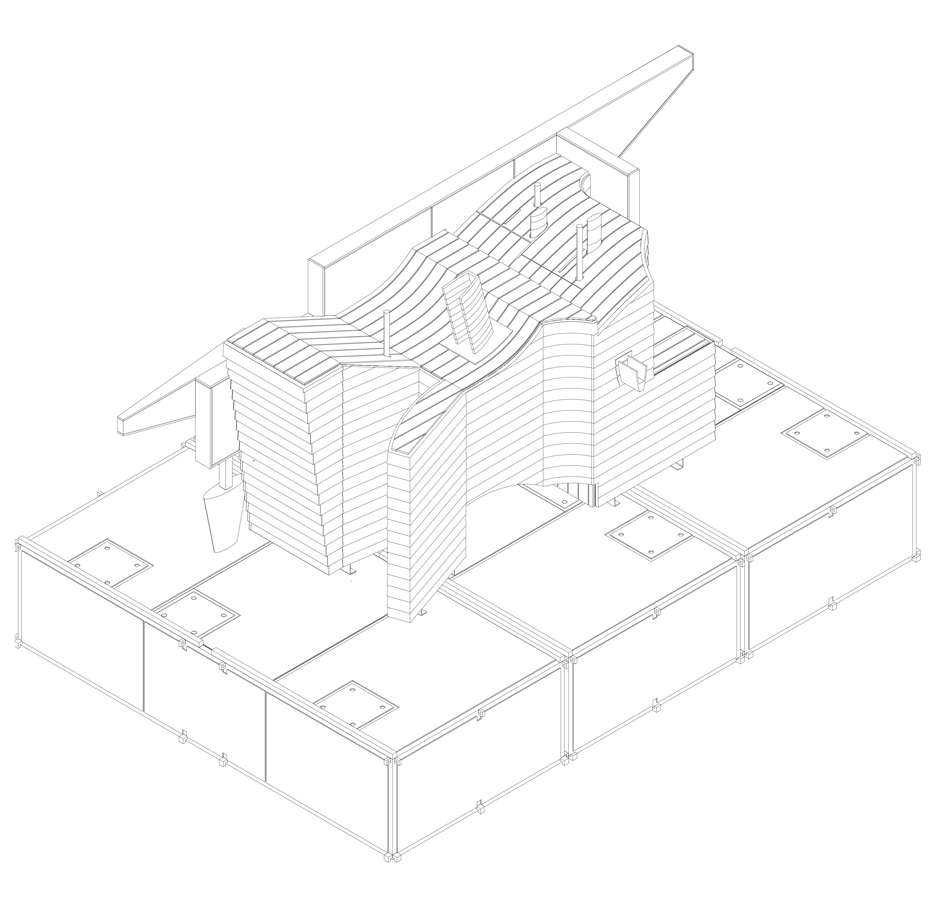Matthew Butcher launches floating weather station on Essex's Thames Estuary
This floating weather station by Matthew Butcher has been cast adrift in the flood-prone Thames Estuary, and is intended as a critique on the current trend for floating architecture (+ slideshow).
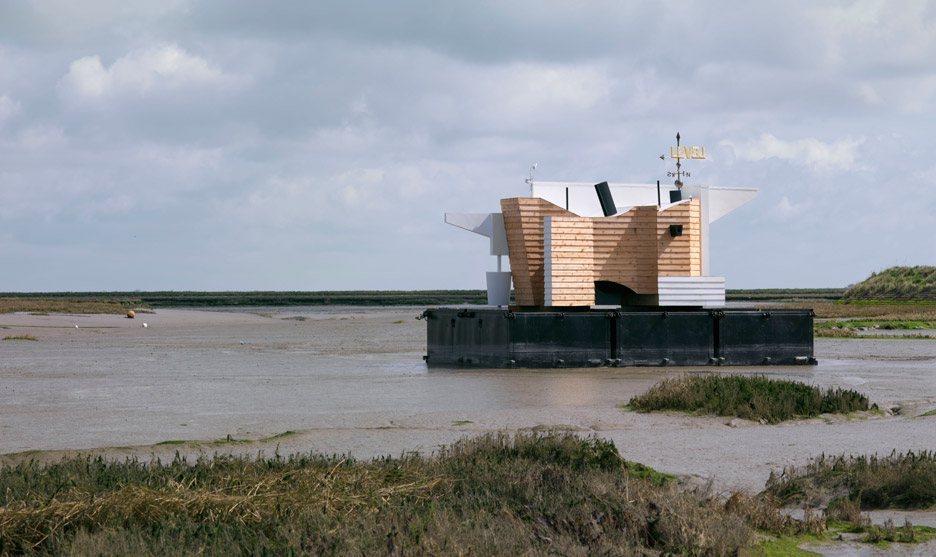
Designed by Butcher, a lecturer at London architecture school the Bartlett, Flood House aims to monitor tide fluctuations in the seasonally flooded landscape of southern England where the River Thames meets the North Sea.
The angular ply and weatherboard structure measures 5.5 metres by 7.5 metres and floats on three steel pontoons. Without a motor on board, it will be towed from site to site by a tugboat.
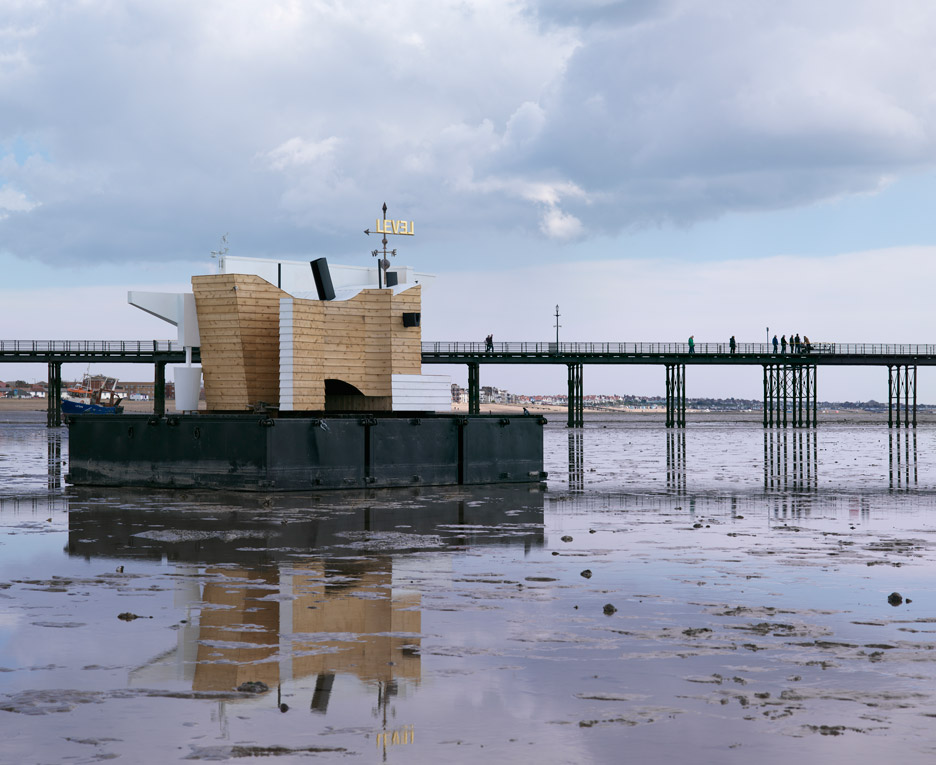
"Its design is reminiscent of some of the architecture – pillboxes, the bunkers, the fishing sheds – the kind of weird infrastructure that you get all along that coast," Butcher told Dezeen in an interview about floating architecture.
It will be stationed at various sites along the Thames Estuary in Essex until 14 May and will monitor the conditions of the local environment, which is increasingly vulnerable to flooding. These will be recorded on the Flood House website throughout the project.
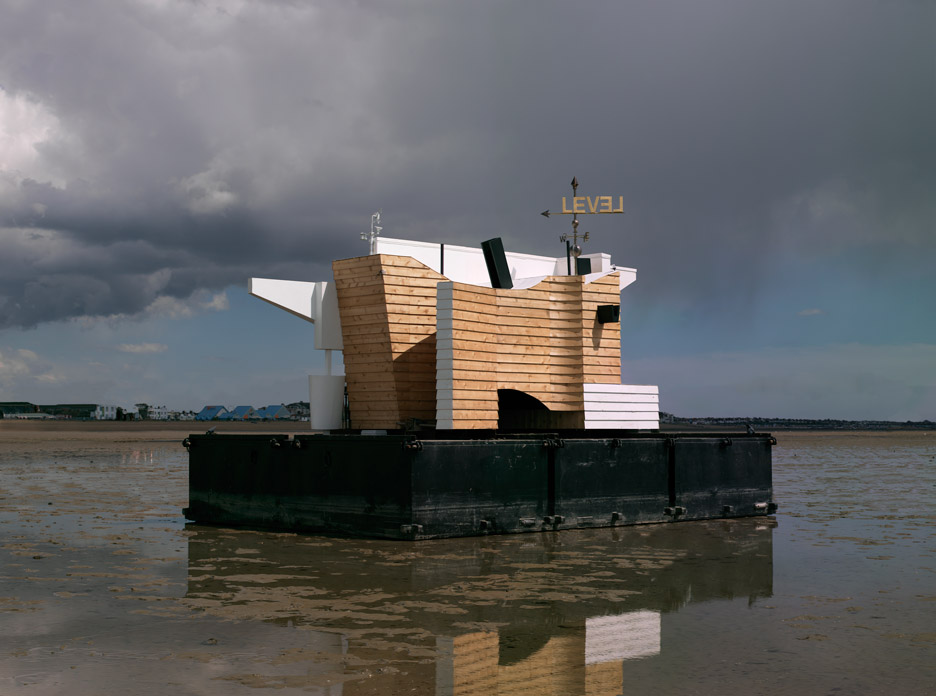
"By presenting an architecture that is towed from one location to another and where occupation is effected by the rise and fall of the tides, the project seeks to question the way built structures relate to the environment," said Butcher.
"Architecture is usually considered to be a stable, fixed entity where internal temperature and conditions of comfort are heavily controlled," he continued. "Flood House seeks to challenge these notions, suggesting instead a nomadic architecture that forms a responsive relationship to its surrounding environmental conditions."
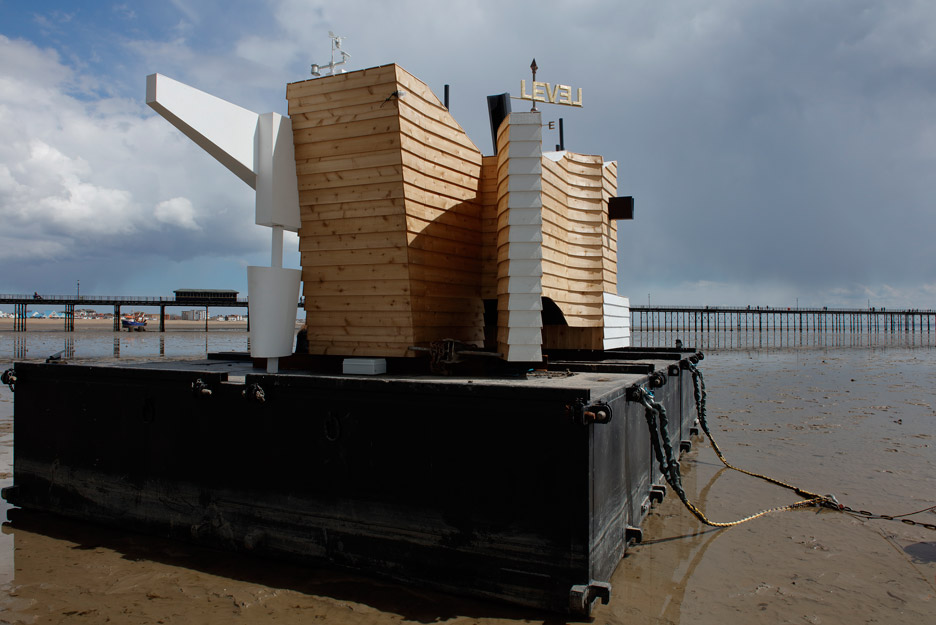
He added: "Only this way can we start to address climate change and the dramatic shifts in sea levels that this century will bring."
With the popularity of house boats and floating architecture at an all-time high thanks to changes in climate and increasing land prices, Butcher's project aims to reevaluate whether these buildings really address the issue.
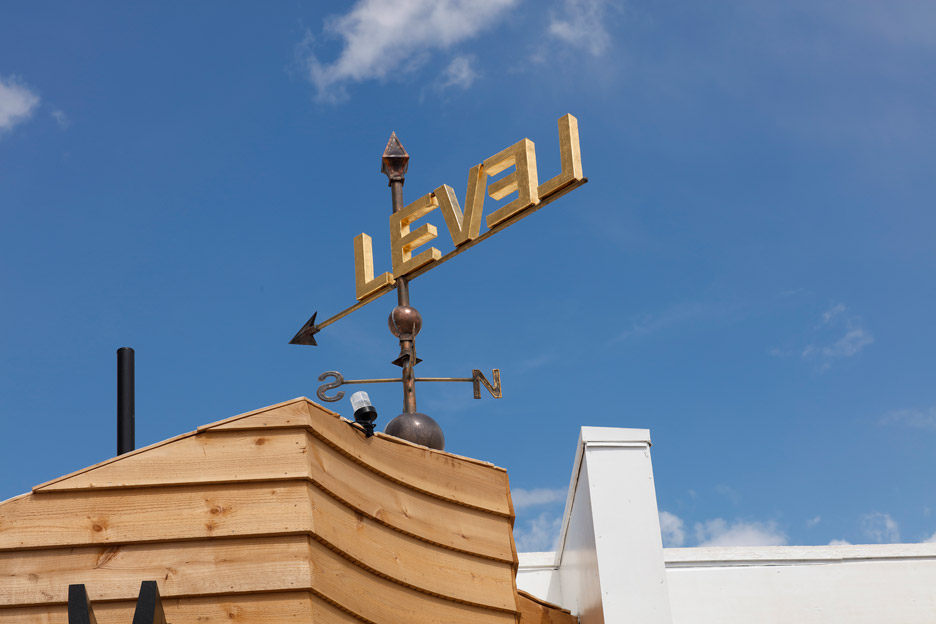
"One of my issues with floating houses is that they just tend to look like houses that happen to have been put on the water," he told Dezeen, "But actually the more fundamental questions about architecture in relationship to the environment and the relationship to landscape are not necessarily being addressed."
"That's what I'm hoping to do with this project, to work within the form of something that does float and something that then is is raising awareness of the issue," he added. "What I've tried to develop is this new typology which is responding to the Essex vernacular, the very particular architecture that appear within those inlets."
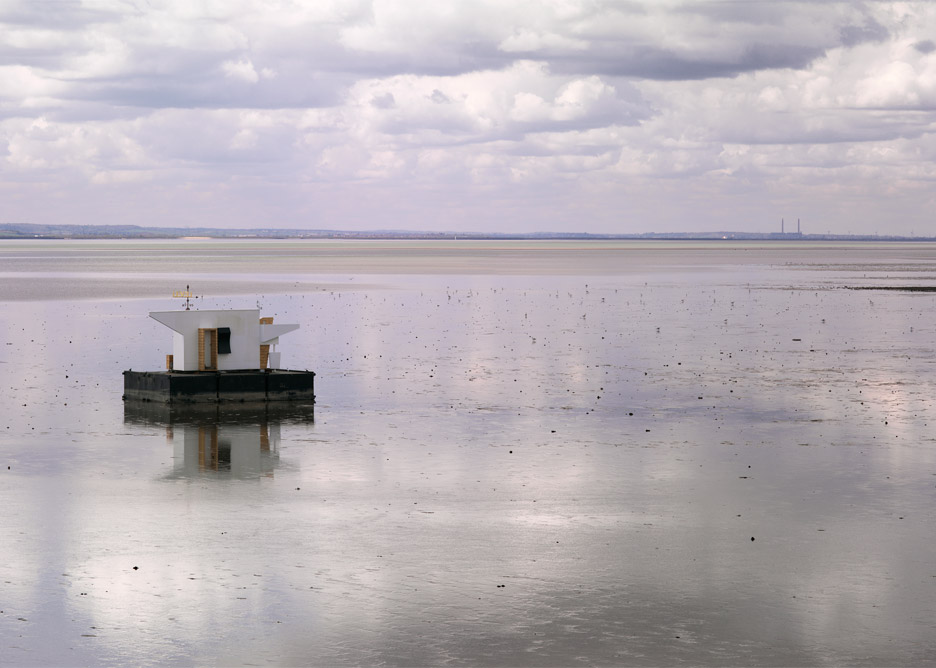
This vernacular is also explored in A House for Essex, an elaborately decorated holiday home overlooking the scenic Stour Estuary, designed by artist Grayson Perry and architect Charles Holland.
Butcher worked with curator Jes Fernie and the Focal Point Gallery in Southend-on-Sea to develop a programme of commissions and events around Flood House. They form part of the Radical Essex project that explores radicalism in local history, politics, lifestyle and architecture.
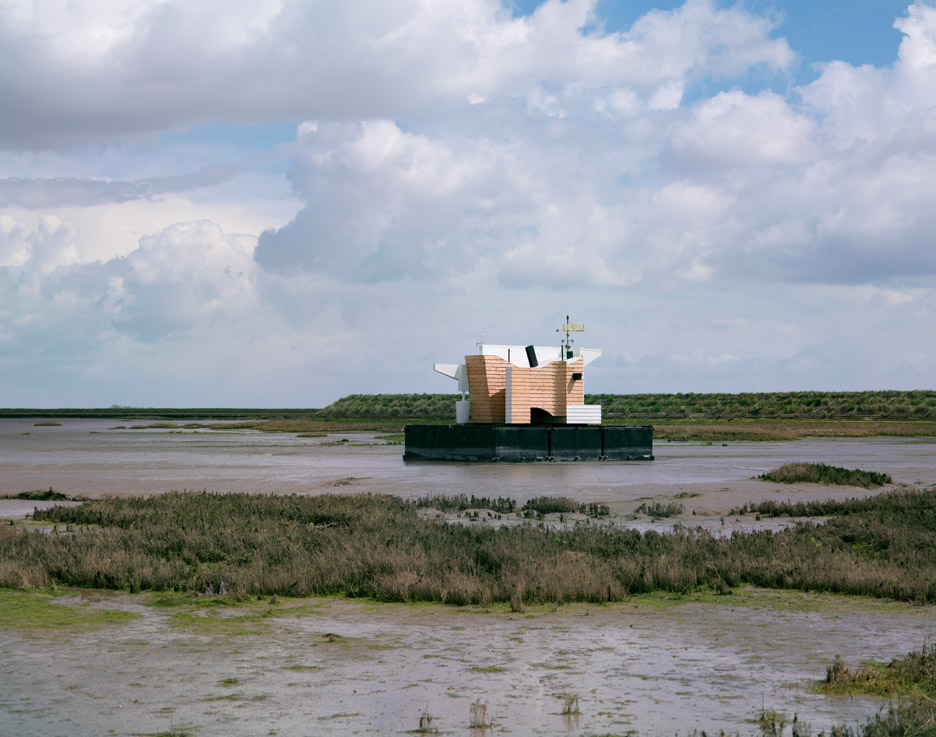
One such commission is the weathervane on the roof of Flood House. Designed by artist Ruth Ewan, it is named All Distinctions Levelled after a speech by the 14th-century priest and political activist John Ball that discusses social equality as well as the rise and fall of the tides.
Photography is by Brotherton-Lock.
Like Dezeen on Facebook for the latest architecture, interior and design news »
